Back to blog
13 MIN READ
Ultimate Website Optimization Guide - Must-Know Tactics 2025
PUBLISHED
29 December, 2024

Product Analytics Expert

Website optimization is a necessity for success. A well-optimized website doesn’t just please the search engines; it offers an enhanced user experience that keeps visitors coming back for more.
Website optimization framework
The following website optimization framework will help you to get started:


Before you embark on the journey of optimizing your website, you must adopt a scientific method. Oftentimes you get excited about ideas and jump into making changes right away. However, you must have a clear methodology before you start. Having a scientific method will be crucial later when you will need to prove the impact of your changes to your stakeholders.
Determine the objective and KPIs you want to improve: You must have a clear goal before making any changes. Your objective could be wanting to increase free trial sign-ups on a SaaS website for example. The more specific you are, the easier it will be to measure success later.
Formulate hypotheses: It is therefore important that you have a hypothesis prepared that will estimate the gains if your experience succeeds.
Prioritize your initiatives: Most of the time there are several opportunities to improve your website. But you of course do not always have the time and resources to execute every idea. You can use frameworks like the ICE framework for instance.
Implement improvements or run experiments: It is important, that you do not make several improvements at the same time on the same web page, so you can measure the results later.
Measure results: How much time to leave your experiment running is enough? This will depend on your business. For example, if a full calendar month represents a good enough time frame to measure the changes then it could be enough to wait a month. But in some cases, you might need to wait for the entire quarter.
It is important to note that this is a cycle. You should not stop optimizing your website, even when you achieve your first wins. It should be an ongoing process, and you should never stop trying to improve your website.
5 effective website optimization techniques
| Website optimization technique | Benefits |
|---|---|
| Optimizing UX | Analyzing UX problems will help you identify bottlenecks in your website journey, and increase conversions over time. |
| Making your site mobile-optimized | If your site is not optimized for mobile, search engines like Google will penalize you. |
| Optiziming your content for readers | You must keep the intent and interest of your readers in mind when creating content. This will help to increase your rankings over time. |
| Building content authority | Adopting the pillar/cluster method will not only help you become a thought leader on topics but also help to grow your SEO traffic. |
| Technical website and SEO optimization | Making your site faster and well-optimized for search engines will |
Website Optimization Tool: UXCam for Web
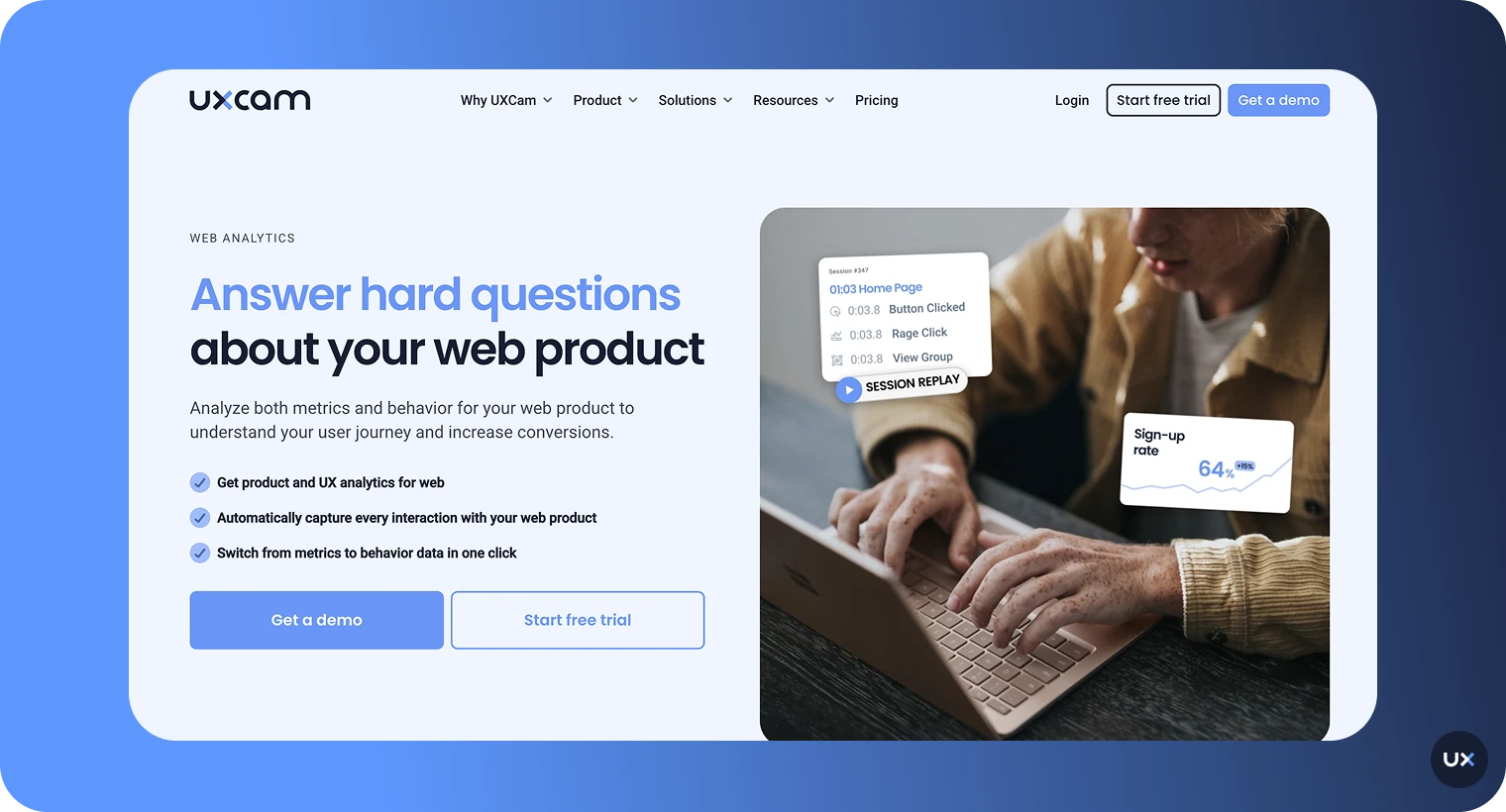
We are excited to launch UXCam analytics for web optimization!
See user interactions, monitor behavior, and easily optimize your website performance. UXCam is a complete solution for both web and mobile analytics, helping you understand and improve the user journey better than ever before.
If you want to get access, sign up for free here.
Website Optimization Technique 1: Optimize UX
User experience (UX) is the cornerstone of an effective website. When you focus on enhancing the user journey, you pave the way for increased engagement and, consequently, conversions.
Intuitive Navigation: Your website's layout should be user-friendly, with clear paths to the information or actions your visitors want. This reduces bounce rates and keeps users engaged longer.
Fast Load Times: Speed is the name of the game. Websites that load quickly are favored not just by users but by search engines as well. Faster load times contribute to better UX, higher search rankings, and more conversions.
Responsive Design: With the myriad of devices available today, ensuring your website is responsive is critical. A seamless experience across desktops, tablets, and smartphones means you’re not losing potential customers due to device compatibility issues.
Clear Call-to-Action: A clear and compelling call-to-action (CTA) guides visitors toward conversion. Whether it's signing up for a newsletter or purchasing a product, make sure your CTA stands out and is easily accessible.
Understanding your users is key to identifying friction points on your site. There are digital analytics tools you can use to better understand users, and identify where they struggle.
Mapping users' journeys and setting up funnels: visualizing user flows can help you identify paths users take on your website. User flows will help you identify where users exit the website, and identify specific pages that can be the bottlenecks in users taking the next steps towards conversion. Setting up your conversion funnels is also crucial for you to understand your conversion performance. Funnels will also help you to easily measure improvements that you achieve over time from your optimization efforts.
![User journey mapping]()
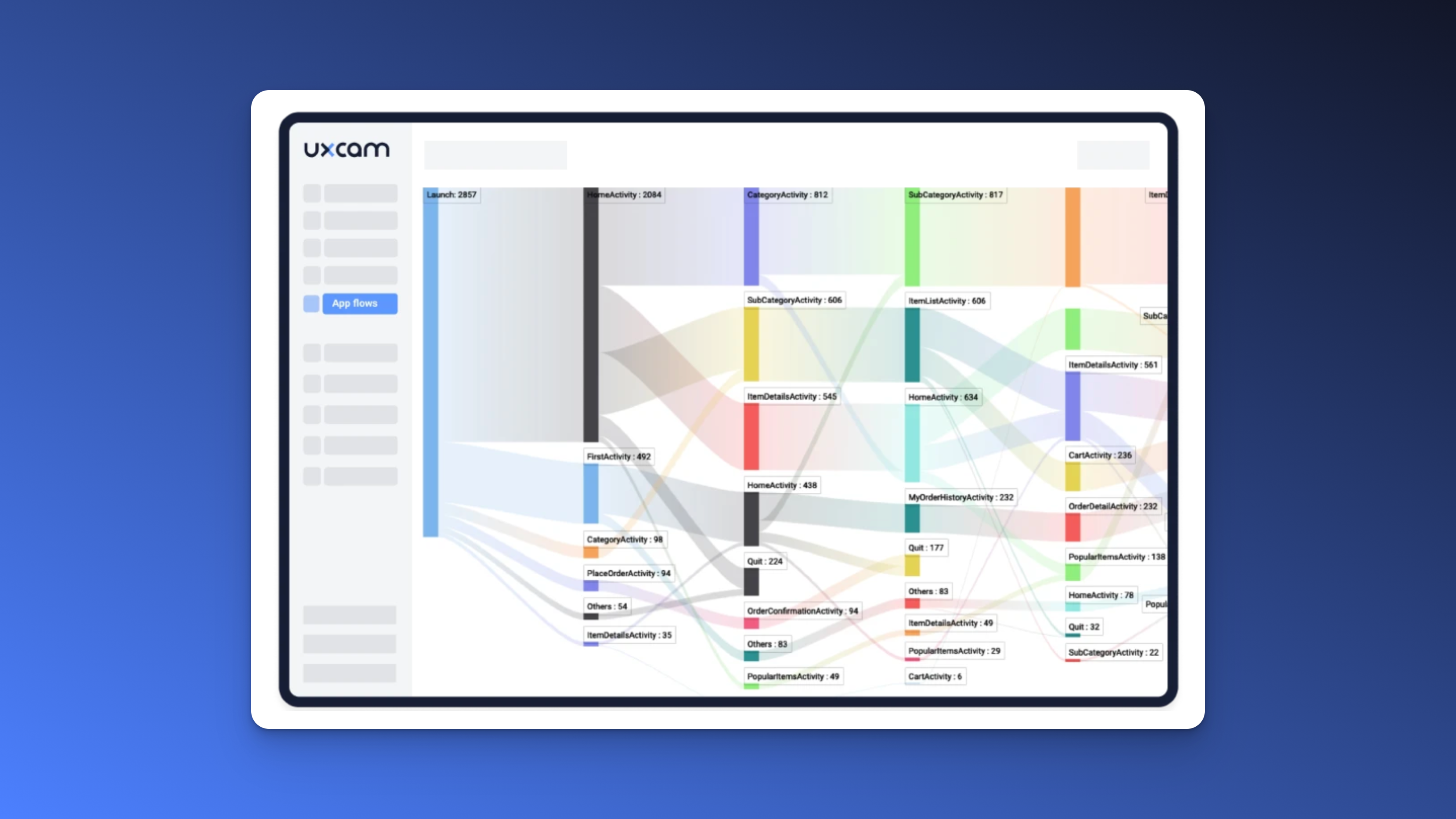
Heatmaps: once you have identified pages where users drop off, studying the heatmap of these pages will help you in finding potential issues. For instance, you will be able to see if users are interacting with specific CTAs, or if they are trying to click on website elements that are not clickable. In addition, you will also be able to see how far users scroll down on a page, which helps you optimize content and CTA placements.
Session replay: session recordings will give you a more complete picture than heatmaps about how users interact with a page. These videos will help you to understand if users get confused or struggle with certain website elements, like forms for instance. They will also give you a full picture of the entire user journey and will help you craft hypotheses.
![Web session replay in UXCam]()
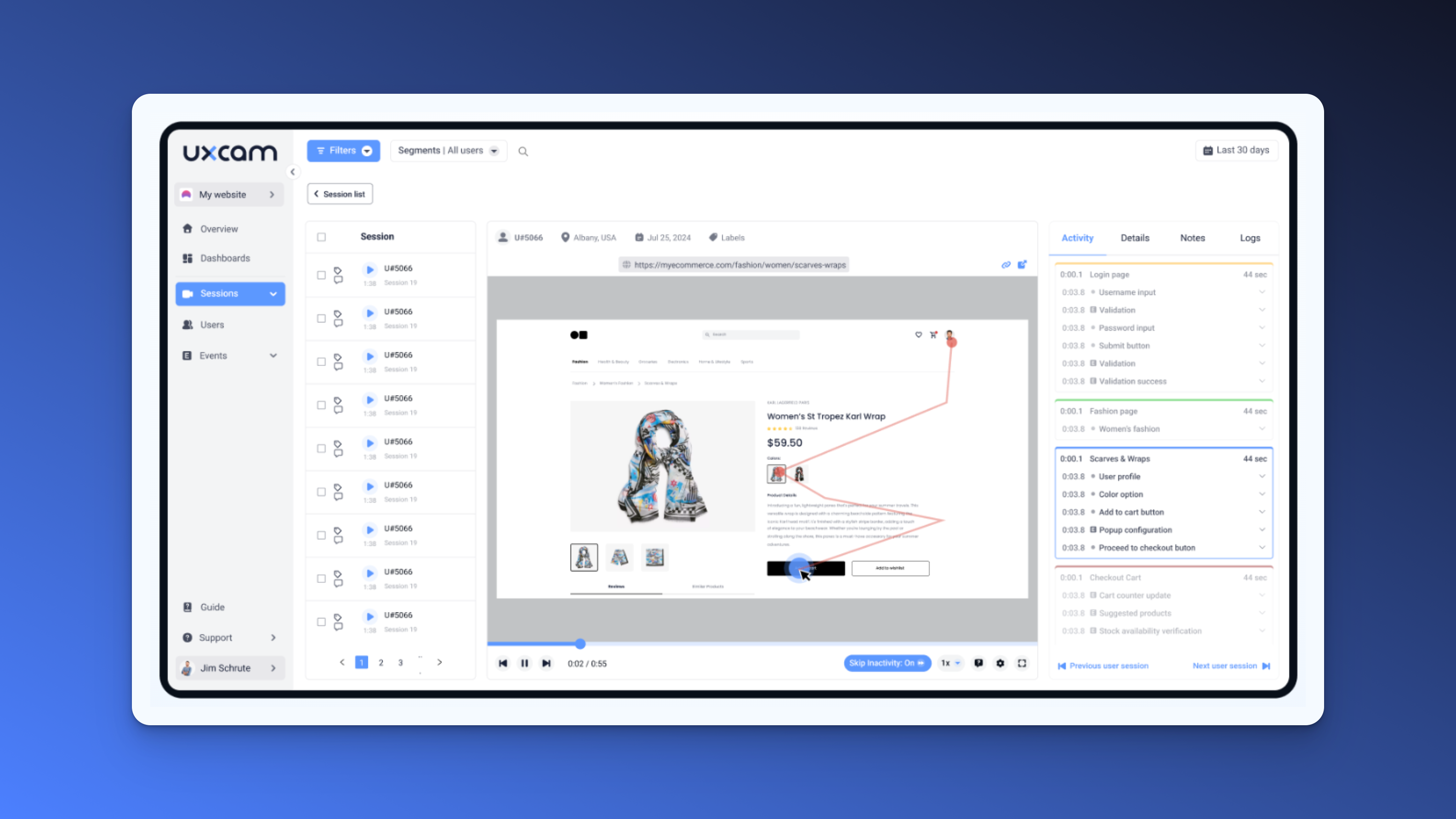
Frustration signals: web analytics tools that offer session replay also capture frustration signals by users like rage clicks. Such signals will help you to filter through hundreds or thousands of session recordings and will help you to focus on the ones where users have struggled. Rage clicks will give you an idea of which elements users struggle with, and can also help you to discover potential bugs like broken links.
Website Optimization Technique 1: Make Your Site Responsive
With over 58% of global website traffic stemming from mobile devices, ensuring your site is mobile-friendly isn't just an option—it's a necessity. But what does it mean to make your site responsive for mobile?
Firstly, it involves creating an adaptive design that seamlessly shifts layout and content to fit any screen size, whether it's a smartphone, tablet, or desktop. This doesn't just enhance the visual appeal but also improves the overall user experience across various devices.
Consider leveraging website builders designed to produce mobile-responsive sites. These tools automatically adjust the display, taking the guesswork out of the equation for you. Prioritizing mobile responsiveness means focusing on a mobile-first development approach, optimizing for smaller screens first, and gradually enhancing the design for larger devices.
Furthermore, ensure that your mobile site is also optimized for speed; slow loading times can deter users and lead to increased bounce rates. Evaluate your site's performance on different mobile devices, paying attention to images, scripts, and any elements that could hinder quick access to your content.
Lastly, don't overlook the importance of investing in mobile-native website development. Such diligence guarantees not only a visually appealing and user-friendly experience but also enhances your site's overall functionality, ensuring that users on slower connections or older devices aren't left out of the loop.
Website Optimization Technique 3: Optimize Content for Readers
Continuing with the journey of optimizing your content, it's vital to ensure that your website's content caters to the needs of your readers while being easily discoverable by search engines. This can be achieved through strategic content optimization, which involves the incorporation of relevant keywords organically throughout your text. Doing so boosts your content's visibility, making it easier for potential readers to find you online.
Moreover, the readability of your content plays a crucial role in retaining user engagement. Using clear and concise language, along with breaking your text into easily digestible paragraphs, significantly improves the reader's experience. A paraphrasing tool can also help refine your wording for clarity and readability. Additionally, bullet points and subheadings serve as valuable allies, structuring information in a way that makes it easy for readers to scan and absorb effortlessly.
However, content isn't just about words. Images, infographics, and videos can enrich your offering, making it more appealing and accessible. You can easily use graphic designing tools to create infographics or videos even if you don't have a huge budget. Don't forget to optimize these media elements by using descriptive file names and alt text to further assist search engines in understanding your content. This multifaceted approach ensures that your optimization efforts resonate well with both humans and algorithms alike.
Ultimately, striving to create content that aligns with your audience's interests and needs while maintaining SEO best practices is the winning formula. This balance not only enhances your potential to drive traffic but also positions your website as a credible and authoritative resource in your niche.
Website Optimization Technique 4: Build Content Authority
Establishing content authority is a powerful strategy to enhance your website's overall impact. One effective way to achieve this is by consistently producing high-quality, relevant content that addresses your audience's specific needs and questions.
An effective tactic to build authority is to adopt the pillar cluster model.
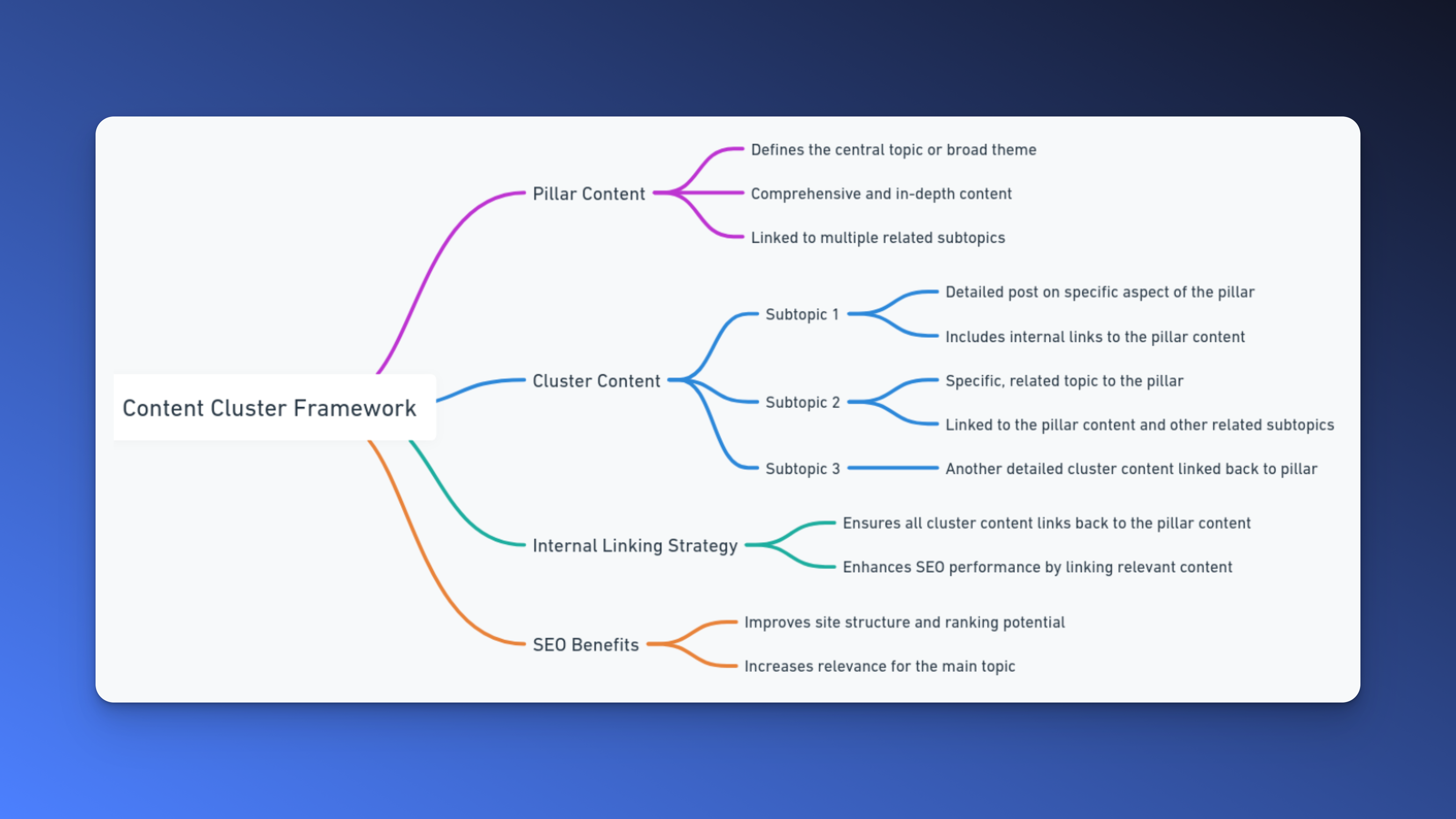

A Pillar page is a page (mostly a blog post) that will focus on a specific product or service that your business offers in great detail. For example, if you offer training courses, then an article about Accounting courses will be a pillar
Clusters will be additional pieces of content that will focus on specific details about the pillar. Following the example from before, a clustered article would be "How to prepare for accounting certifications", or "Skills needed to pass accounting courses".
These pillars and clusters form what is known as a content hub, a strategic approach to organizing content for enhanced user navigation and SEO performance. By covering a broad topic comprehensively and addressing various aspects in the clusters, you establish your website as a go-to resource for readers seeking in-depth information.
When you develop a content hub, it’s essential to ensure that all your content is well-researched and thoroughly optimized. Use keyword-rich titles and meta descriptions to make your content easily discoverable by search engines. Also, ensure that you’re using clear, direct internal linking structures between your pillar and cluster content. This not only benefits your SEO efforts but also improves user experience, by allowing visitors to effortlessly navigate through related topics on your site.
Furthermore, regularly updating your content to reflect the latest information and trends provides ongoing value to your audience. This not only supports your authority in the subject matter but also encourages return visits. Remember, building strong content authority is about patience, consistency, and a genuine focus on meeting the needs of your audience.
Website Optimization Technique 5: Optimize Website Performance & Technical SEO
Optimizing website performance will help you to acquire more traffic and to improve engagement while users are interacting with your site. Ensuring that your website or your blog is well-optimized from a technical perspective will play a key role in how well your content ranks. Technical optimization includes a range of techniques, which also includes technical SEO optimization.
On-page SEO optimization: on-page optimization involves the technical optimization of individual pages. It includes the clear use of Meta titles and Meta descriptions.
Meta titles and descriptions are elements in an HTML document (e.g. a specific web page) that will inform search engines about what your web page is about.
![Meta titles and descriptions]()
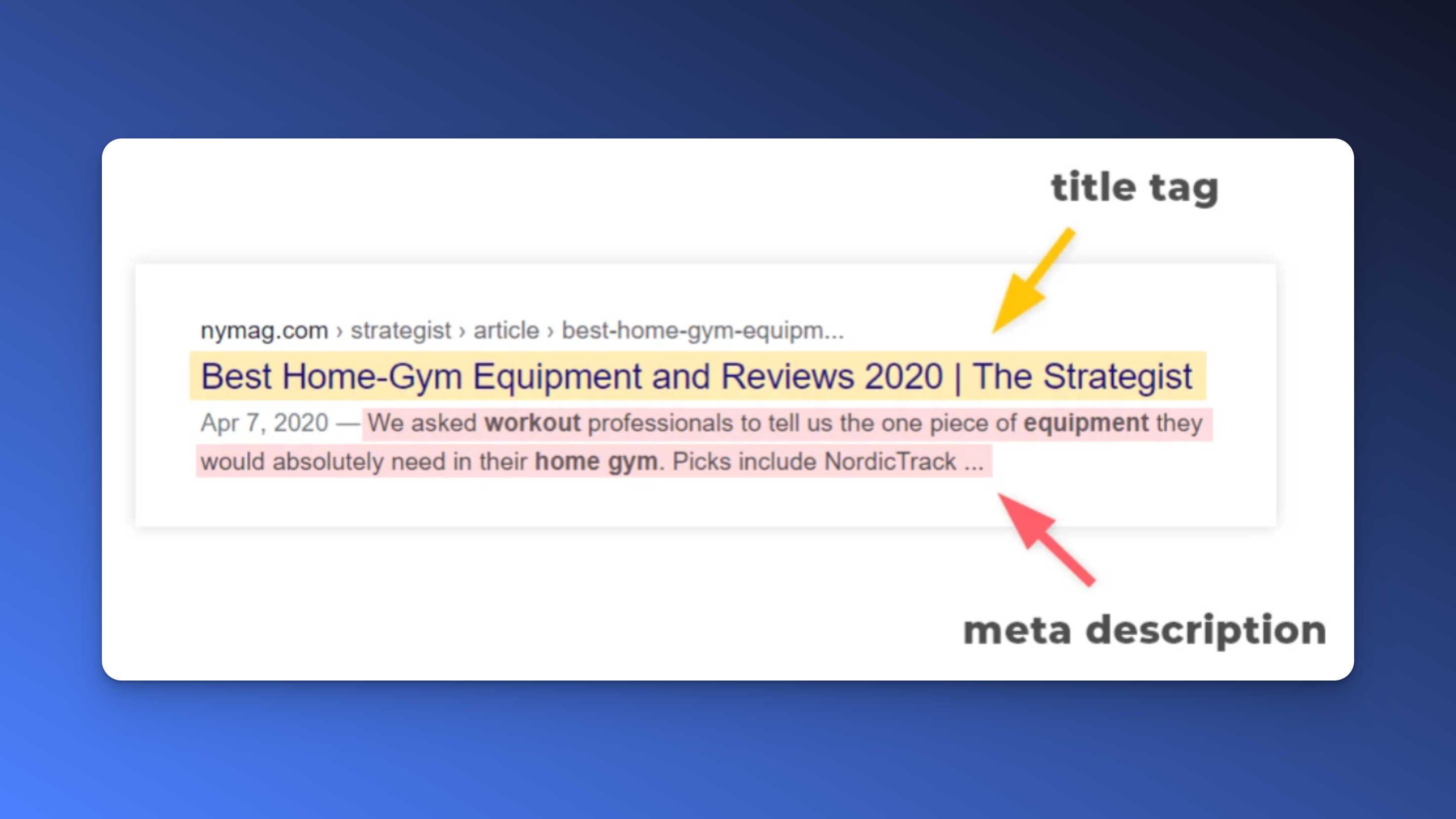
Before you publish any page, it is important that they are both in place, and not that they just include the keywords you would like the page to rank for, but also that they clearly describe the content your page covers. Header tags will also play an important role in your on-page optimization. It will be important that you use a clear hierarchy from H1 tags down to H4 tags to divide your content into clear sections and help your readers with a clear structure. But it's not only text that needs optimization but also images. Therefore optimizing Alt text will also be vital. Alt text is short for alternative text, and it refers to the words that will appear to readers in case the image cannot load. Last, but definitely not least, having clear URL structures will also help to improve your search engine rankings. Clear URL structures refer to how easy it is for users to see the path they have taken on your website.
![URL structure example]()
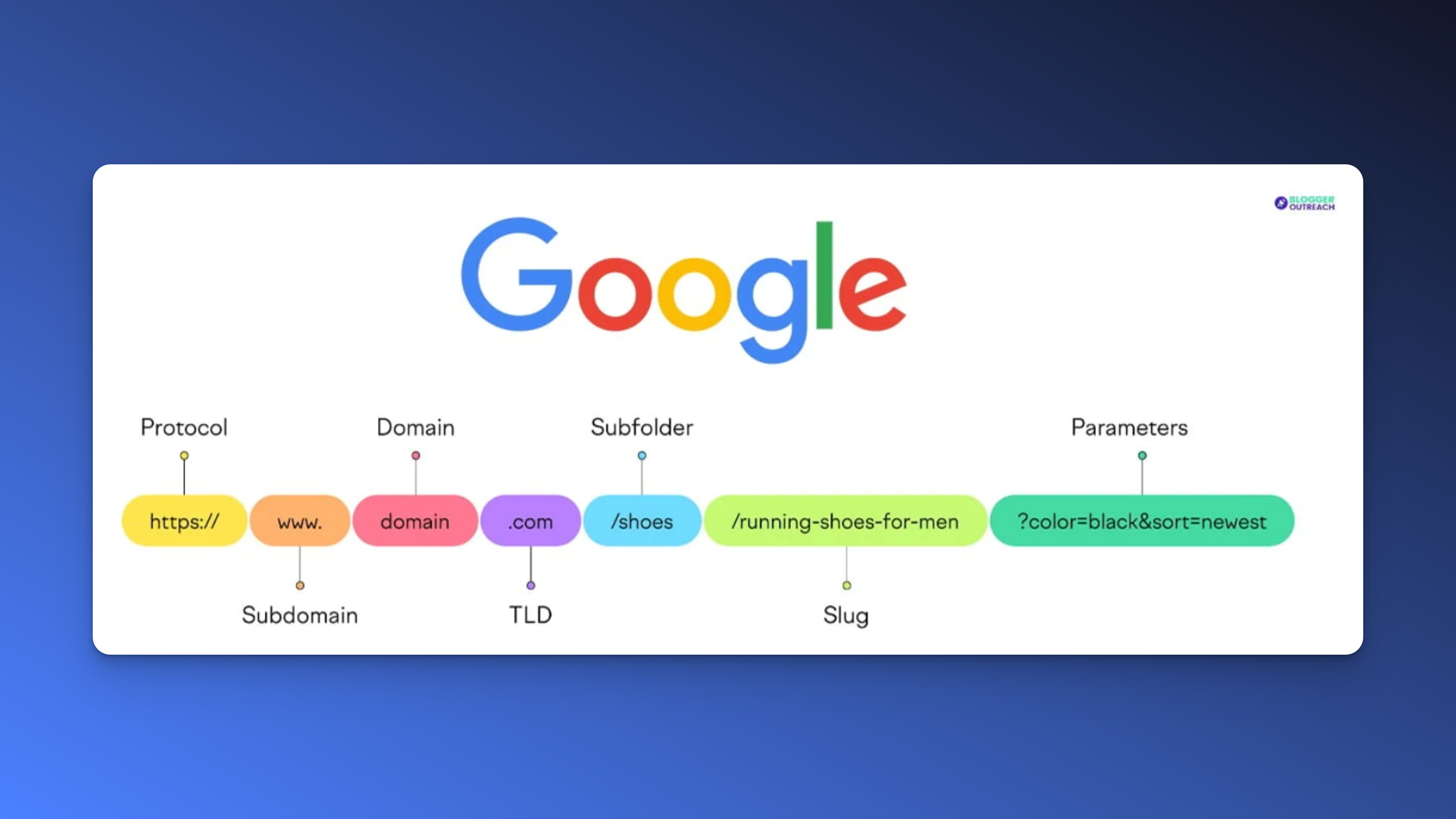
SEO-Friendly site architecture:
site architecture refers to how web pages are linked together across your website. A good site structure makes it easy for both users and search engines to see through and navigate your website content. Your key pages should only be a few clicks away from your home page and should be organized into a logical hierarchy. Once you have designed your site architecture, it will also be important to generate an XML sitemap. An XML sitemap is a file that contains a list of important web pages, and it will help search engines about the pages you have and they can be found. Once you have created an XML sitemap, the next step will be to upload it to Google Search Console. This will ensure that Google finds it as fast as possible and that they crawl your entire website faster.
Improve page speed:
optimizing for fast page load times is also a very important factor considered by Google and other search engines. Slow page load times will It is important to optimize page speed across both desktop and mobile devices as both are considered by Google. You can measure your website's page speed using multiple tools, but one of the most common ones is Google's page speed insights. There are multiple tactics you can use to optimize your website's speed.
![Page speed insights test result example 2]()
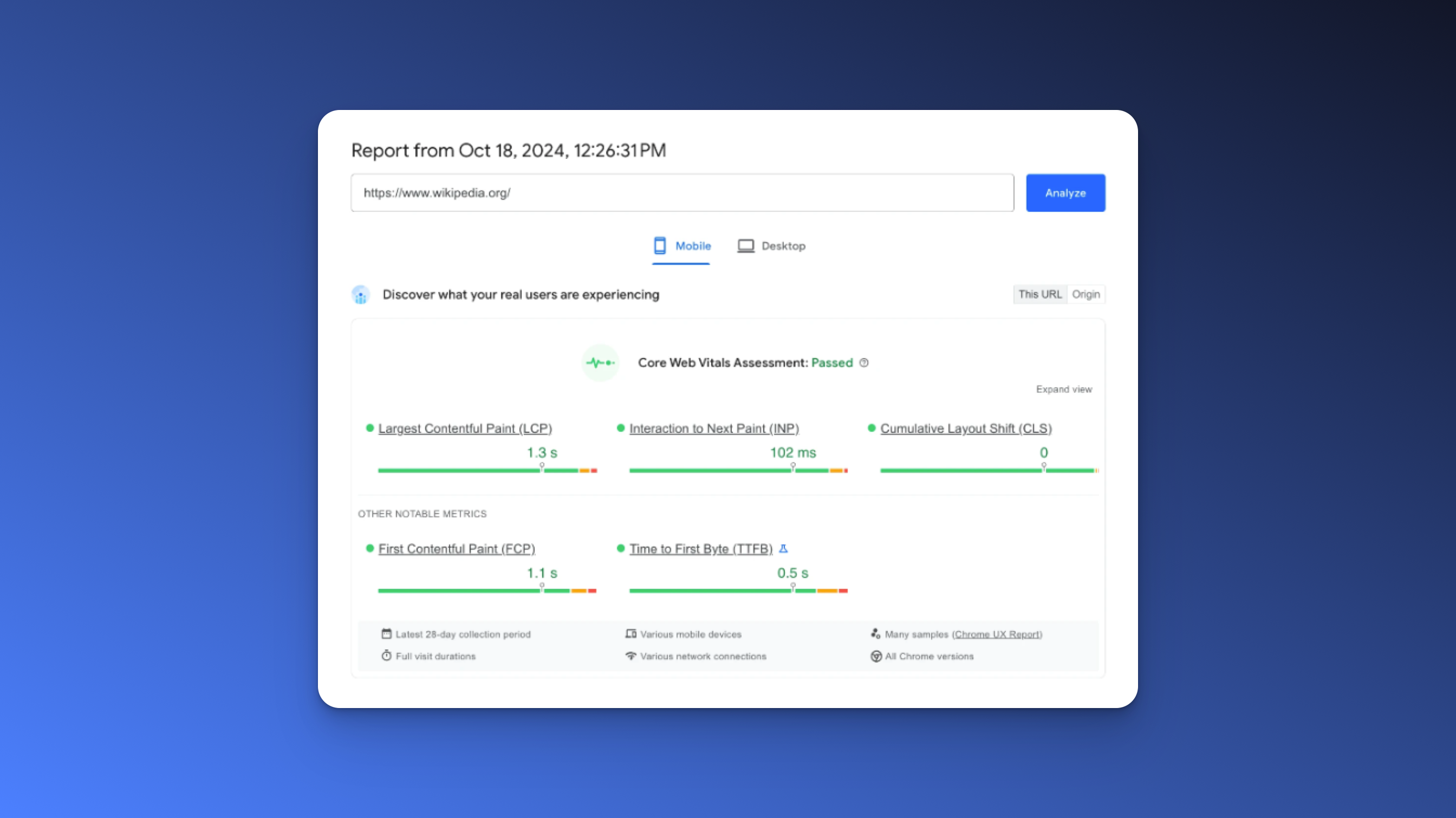
One of them is making sure your images are compressed. High-quality images will have large file sizes, and if they are not compressed, they will significantly slow down your website. Therefore, picking the right image formats and compressing original images. The SVG file format is the most recommended. SVG images can easily be resized without losing image quality. When it comes to compressing images, there are many tools out there like ShortPixel, which you can use to manually compress images. However, a more scalable solution is if you can implement a server-side script with your developers, that will compress all uploaded images by default.
Minifying CSS and Javascript files will also help improve your page load times. Minification refers to removing empty spaces between code, and also removing unused functions and variables. Today most CMS systems will minify code by default, but in case you find minifying opportunities you can ask your developer to make the necessary changes.
Reduce the number of fonts used across your website. Custom fonts can add to your brand image, but they will also increase the size of your page. So you should go for as few fonts as possible, and consider using standard Google fonts
Introduce lazy loading. Lazy loading is a technique that will defer the loading of specific website elements like images instead of loading everything at once. This can be done in a way that the browser will not request certain resources (e.g. Images that are below the fold) until the user performs a specific interaction like a scroll. If set up properly, lazy loading will help your page loading times and will also improve your page speed scores.
FAQ: What is website optimization?
To recap, website optimization is the strategic process of enhancing a website's overall performance to better meet business objectives, such as:
Growing traffic
Increasing conversions
And boosting revenue
It involves using a range of tools, techniques, and controlled experiments like A/B testing to test variations of web pages and determine which changes lead to improved outcomes, such as higher search rankings, more purchases, or increased user engagement. Central to this process is search engine optimization (SEO), which focuses on ensuring that your website ranks higher in search engine results for targeted keywords.
Additionally, optimizing the user experience through on-page adjustments helps create a seamless journey for visitors, increasing the likelihood that they will take desired actions, such as making a purchase or submitting a contact form. Ultimately, website optimization opens up opportunities to reach untapped markets and drive sustained growth without relying heavily on paid advertising.
Why is website optimization important?
Website optimization is crucial because it directly impacts your ability to attract, engage, and convert visitors into customers. In a digital landscape where global online retail sales reached $5.2 trillion in 2021 and are expected to hit $8.1 trillion by 2026, having a well-optimized website is no longer optional—it’s essential. Analyzing your website ensures that your business is visible in search results, helping potential customers find you when they search for products or services relevant to your industry. Without optimization, your site risks being buried in search engine results, making it nearly invisible to your target audience.
Beyond visibility, website optimization is also important for user experience. Even if you drive traffic to your site, poor navigation, slow load times, or unappealing content can lead to high bounce rates and missed opportunities for conversion. By refining your site’s performance and conversion funnels, you not only increase the likelihood of capturing leads and generating sales but also improve customer satisfaction. Additionally, a well-optimized website contributes to a more sustainable web by reducing unnecessary data loads, helping to lower your digital carbon footprint. In essence, website optimization is a critical factor in boosting your online presence, revenue, and overall efficiency.
The estimated impact that the different website optimization techniques can bring:
| Aspect of Optimization | Estimated Impact | User Experience Benefit |
|---|---|---|
| Improved Page Speed | Conversion Rate Increase | Lower Bounce Rate |
| Enhanced Navigation | More Pages Viewed | Increased User Engagement |
| Optimized Content | Visitor Interaction | Better Readability |
| Responsive Design | Mobile Traffic Retention | Consistent Across Devices |
| SEO Techniques | Organic Traffic Growth | Higher Search Visibility |
You might also be interested in these;
Top 24 website Optimization Tools
Top 10 Digital Analytics Tools You Need to Know
Ultimate Website Optimization Guide: Must-Know Tactics
AUTHOR

Peter Gardus
Product Analytics Expert
CONTRIBUTORS

What’s UXCam?
Related articles
Website Optimization
AI Conversion Rate Optimization - What It Is & How It Works
Boost your website performance with AI Conversion Rate Optimization. Learn how AI tools analyze behavior, personalize UX, and increase conversions...

Tope Longe
Product Analytics Expert
Website Optimization
10 Best Landing Page Optimization Tools
Boost conversions with the 10 best landing page optimization tools. Compare features, pricing, and use cases for growth-focused...

Tope Longe
Product Analytics Expert
Website Optimization
How to Improve User Experience on Website
Improve website UX with 10 proven tips for product managers. Learn how to spot issues, reduce friction, and boost conversions using UXCam for...

Tope Longe
Product Analytics Expert